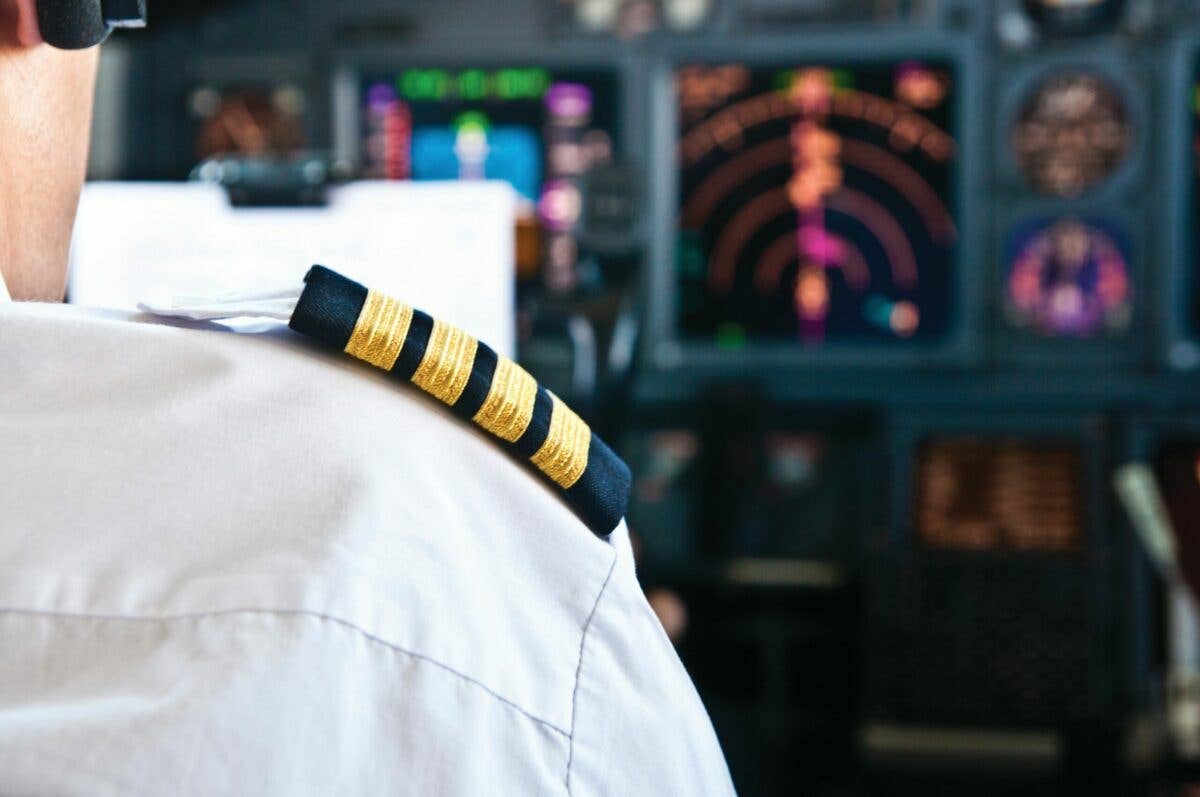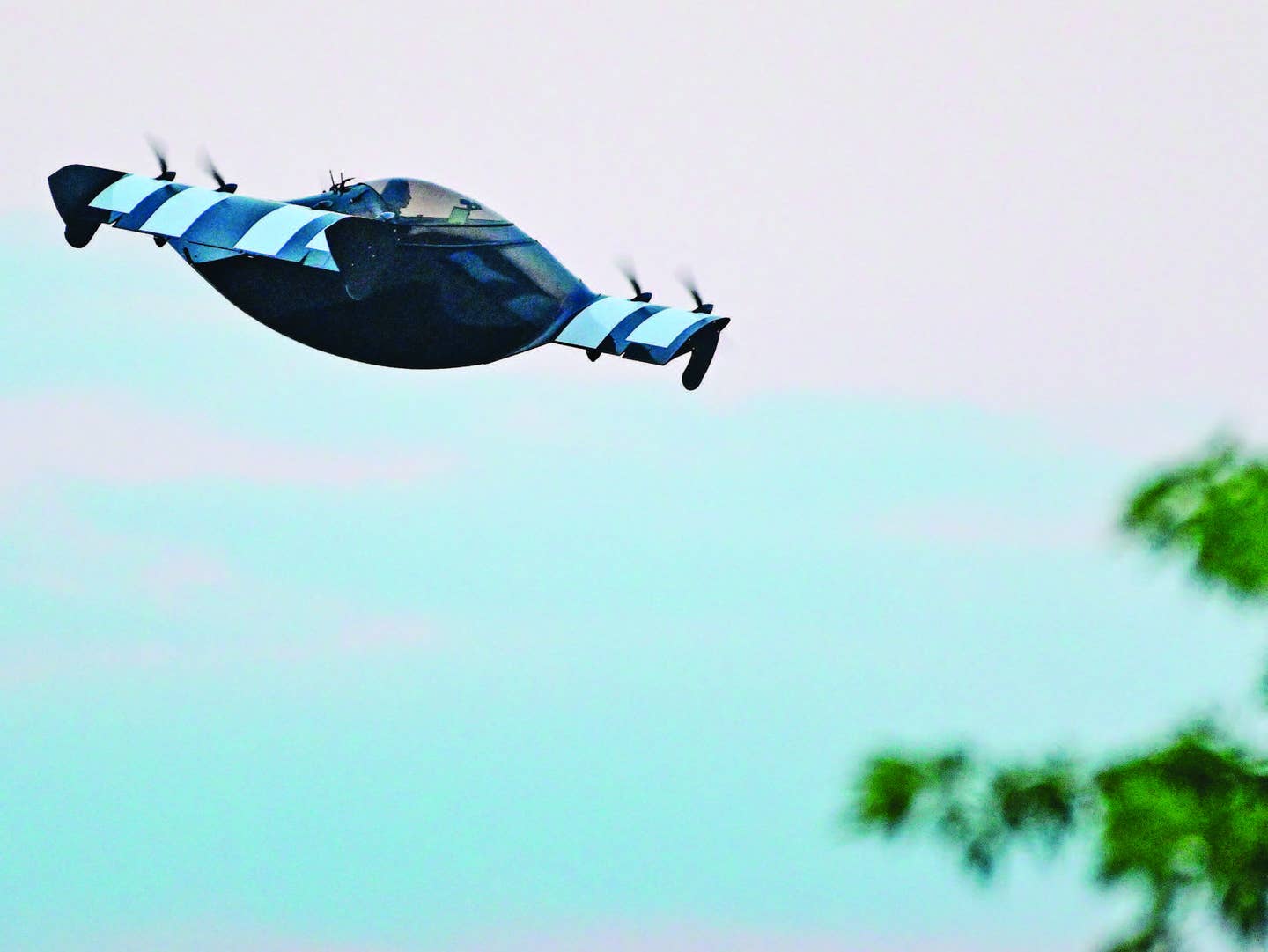
[Adobe Stock]
Shortly after upgrading to the right seat on the Boeing 767/757 in the 1980s, I had the good fortune to fly with the No. 1 captain on American Airlines’ seniority list. He was a gracious man, the type of captain that never allowed a copilot to take a wallet out on a layover. His flying skills and judgment set a standard to which I aspired. He had been hired with less than 500 hours of total flight time. Say whaaat?
Yup, in the early 1960s, the combination of World War II vets retiring at the mandatory age of 60, the beginning of the jet age, and the expansion of routes left airlines with pilot applicants that were less experienced.
For a period, United Airlines hired college graduates with no flight time and trained them, similar to the carrier’s current ab-initio Aviate program. In that regard, it would seem more accurate to call the circumstances, then, an experience-qualification shortage rather than a pilot shortage.
Granted, it was a much different industry, but pilots of the “Golden Age of Aviation” managed to evolve as safe and competent aviators. Considering our current technological advancements in equipment and training, a solution to filling cockpit seats should not be an insurmountable problem.
Because of this shortage, the industry is now finding itself once again embroiled in the debate of reevaluating the restricted airline transport pilot (R-ATP) certificate with reference to total flight time minimums—a requirement for Part 121 copilots as of August 2013. The total flight time minimum requirement for an R-ATP is 750 hours for military-trained pilots, 1,000 hours for civilian-trained pilots graduating with an aviation major from an FAA-accredited four-year college or university, or 1,250 hours for civilian-trained pilots graduating with an aviation major from an FAA-accredited two-year college. All other types of pilot training lead to a requirement of 1,500 hours of total time before applying for the unrestricted ATP.
In my estimation, total flight time, regardless of training background, i.e., military or civilian, hasn’t sufficiently addressed the quality of flight time. For example, as I see it, a 1,500-hour pilot flying freight in a Cessna 402 based in Boston probably has more quality of experience than a 1,500-hour banner tow pilot based in Fort Lauderdale. It would seem more important to establish new metrics in measuring a restricted ATP applicant’s qualifications using a dynamic approach, rather than just applying a total flight time requirement—even with the current cross-country, instrument, night, and mul-tiengine time minimums incorporated.
As an example of metrics, the FAA utilized a more dynamic analysis in crafting the rules for crew rest when the effects of circadian rhythm were factored into the equation. Crew rest requirements are now extended for back-side-of-the-clock operations. Through the NPRM (notice of proposed rulemaking) process, and the input of industry representatives, perhaps the restricted ATP debate can be resolved in a constructive manner.
Meanwhile, incentives to enter the airline pilot profession have taken various forms, inclusive of ab-initio programs, low-interest flight training loans, sign-on bonuses, and starting pay increases—some of them dramatic at the regional airline level. The law of supply and demand will influence pilot compensation. But will these incentives have unexpected consequences? Ironically, COVID-19 accelerated the shortage situation, creating a post-pandemic pent-up demand. With the pendulum having swung the other direction at Mach speed, the airlines have been caught off guard. Although the lack of qualified pilots is one cause of the schedule reliability woes, the airlines haven’t been realistic, knowing that fewer personnel overall are available.
The regional carriers have traditionally formed the entry point for the major airlines, most having flow-through agreements. A regional pilot is virtually guaranteed a seat in the cockpit of the big jets someday. All the incentives mentioned above will attract more applicants to the profession, but without more simulators, more instructors, and expanded facilities, training progression will bottleneck at the airline academies. Adding to the bottleneck, currently employed pilots share the same academy for transitions, upgrades, and recurrent training.
With starting pay for some regional airlines now within inches of low-cost carriers, the latter may find themselves with empty flight deck seats. Another aspect to the trend of more attractive compensation at the regional level could have the major airlines shooting themselves in the foot. Regional pilots with longevity may not want to give up their seniority, choosing to retain their current quality of life, regarding schedules, domiciles, vacation, etc. It is also possible that regional pilots who have been in the captain’s seat for a period of time and transition to a major airline may experience a pay reduction that doesn’t support their personal budget.
Additionally, during an industry downturn, the pilots who transition to the major affiliate carrier may be the first to suffer the consequences of moving backwards to lesser paying equipment, or worse, being furloughed.
I have limited background in the precise business model of regional airlines, but my understanding has been that their operation is predicated on a lower cost structure than the major carriers. Thus, the reason regional airlines contract as an affiliate lies in offering a certain level of profit for the major airline and to provide a route system feed. If that logic is true, the increase in regional pilot compensation may not be sustainable.
Many reputable experts predict a continued demand for pilots based on domestic and international travel predictions. The exact calculation of the numbers varies depending upon the source of information, but it is certainly a good time to enter the profession. If my airline is any reflection as to U.S. domestic attrition, it will peak in 2025 with about 900 pilots retiring and then begin to decrease through 2029 to just over 600 pilots leaving per year. If the airline replaces crews on a pilot-for-pilot basis, that equates to hiring on average 62 pilots a month for the next seven years.
For the time being, the future looks bright. However, economic downturns have always influenced industry demand. This retiree’s advice to new-hire pilots is the same advice I received: Keep your options open and have a fallback career. Your family will thank you. The pilot experience-qualification shortage is real. A coordinated and cooperative effort from all participants in the industry will expedite a solution. Short-term answers to the problem may have long-term consequences,but it may be a long time before we know for certain.
As a new-hire pilot, I was told the big picture resides in a big hangar next to the crystal ball. Thirty-four years later, I never did find the big picture, let alone the crystal ball. Maybe I was just looking in the wrong hangar.

Sign-up for newsletters & special offers!
Get the latest FLYING stories & special offers delivered directly to your inbox






